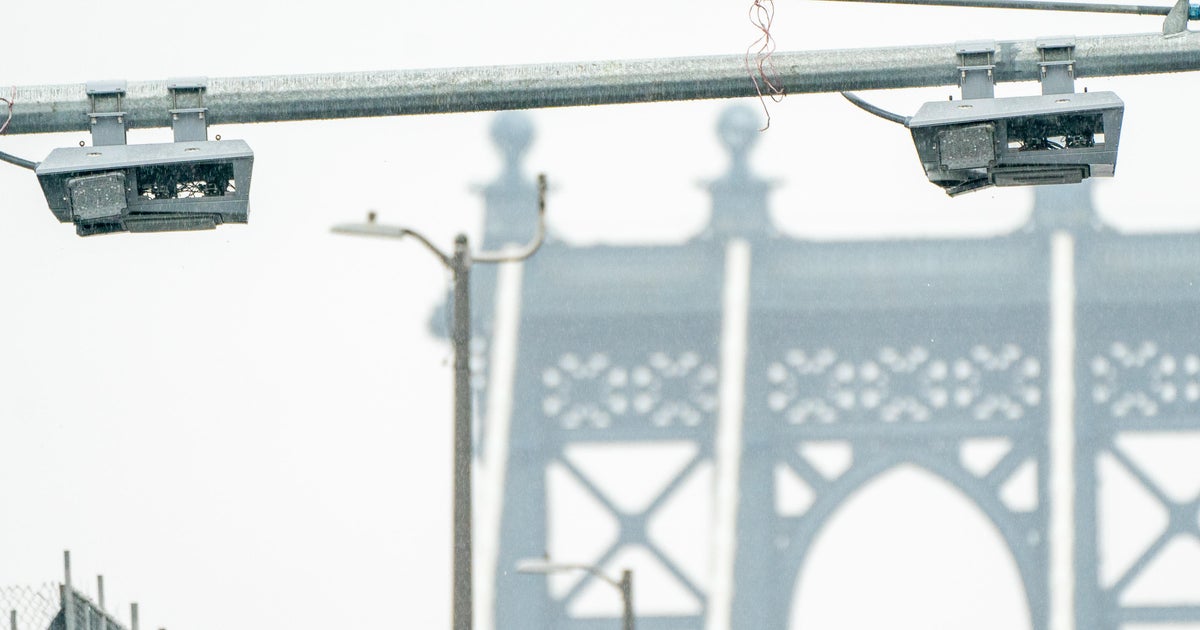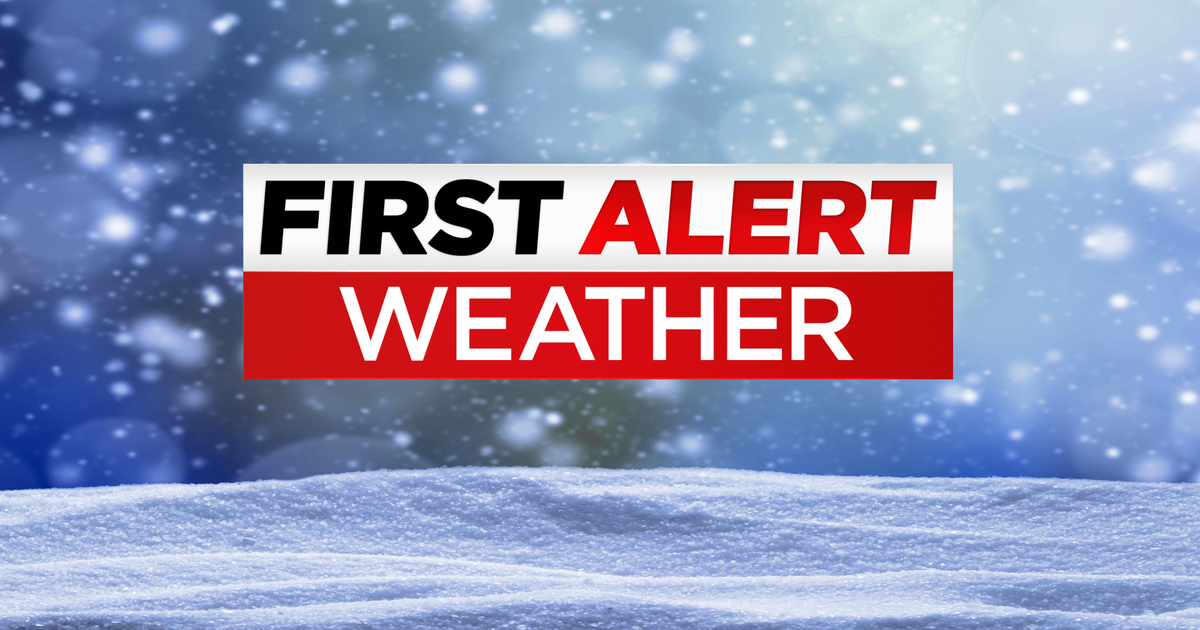The Breaking Point: Pain At Penn
NEW YORK (WCBS 880) -- How did we get here?
To answer that, you might start in 1970.
The MTA, formed just a few years earlier, was in talks to take over Penn Station from the Penn Central Company, which – let's just say – was in bad shape.
Mitchell Moss, who runs New York University's transportation center, says "Gov. Rockefeller made a crucial mistake."
"If New York State had bought it, we would've had clear responsibility," he says.
Instead, six years later, control fell to Amtrak.
If you think what's happening now is new, think again. In the late 1970s, the escalator to platforms 15 and 16 sat broken for four years, because Amtrak and the MTA couldn't agree on who should pay for it.
"When we took over in 1976, we doubled the number of train movements – all on the same 1910 infrastructure," says Stephen Gardner, who is the head of planning for Amtrak. "There has long been a situation of under investment across the terminal between all the users. So we've not always had the resources to do all the work."
Translation: The MTA and NJ TRANSIT are at fault, tool.
"We were expecting Amtrak to behave with responsibility, and it failed to do it," Moss argues. "This is not the fault of the New York part or New Jersey. This is a clear failure of the Amtrak management over 30 years."
In any case, this is where we are.
Sam Schwartz, better known as Gridlock Sam, was once the chief engineer for the city's transportation department.
"No, I wasn't surprised at all," he says of the latest mess. "When you see a series of derailments, there's usually a root cause. And that cause is lack of preventative maintenance."
The Breaking Point: Was It Inevitable?
Fernando Ferrer was the acting MTA chairman when the agency learned just how bad things had gotten.
"It was a shock for most of us. We had relied on Amtrak to maintain their property. In fact, their tracks were in such bad repair, you could see the evidence of the crumbling railroad ties," he says. "Nothing for the rails to be nailed to. That's nuts."
Amtrak has been working on long-term repairs, according to Chief Operating Officer Scott Naparstek.
"We've been doing it at nights, on weekends, but what the incidents are saying to us is we need to speed up the process," he says.
What the "Summer of Hell" actually involves in a rebuild of what's called A interlocking – essentially a sorting mechanism that connects the Hudson River tunnels to the 21 platforms at Penn Station.
"Now the onus is going to be on Amtrak to deliver what they're promising to do," says Tom Wright, the president of the Regional Plan Association. "Let's face it, their track record's not perfect."
Even Amtrak is managing expectations.
"The station will not be fixed when we finish this work in the summer," Gardner cautions.
In part, because there's another meltdown waiting to happen – one that would make this seem like a hiccup.
"Instead of a problem last weeks, it will be a problem lasting more than a year," Sen. Corey Booker (D-N.Y.) has said.
But that's for next week. Until then, safe travels.
Find more from "The Breaking Point" by clicking here.



